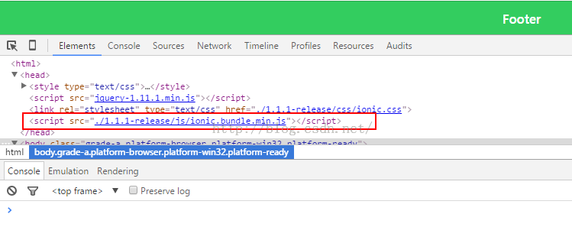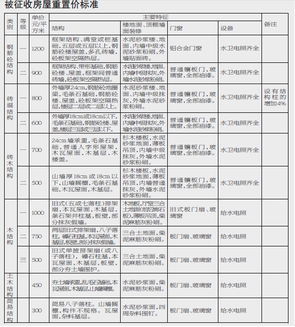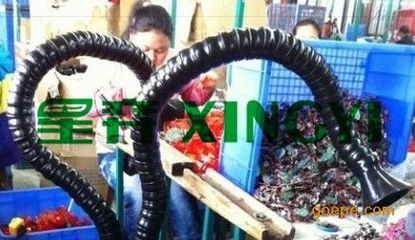在我们使用第三方框架时,常常看到XXX.bundle的文件。我们找到该文件,显示包内容,大致看到很多资源文件:图片、配置文本、XIB文件……
什么是Bundle文件?简单理解,就是资源文件包。我们将许多图片、XIB、文本文件组织在一起,打包成一个Bundle文件。方便在其他项目中引用包内的资源。
Bundle文件的特点?Bundle是静态的,也就是说,我们包含到包中的资源文件作为一个资源包是不参加项目编译的。也就意味着,bundle包中不能包含可执行的文件。它仅仅是作为资源,被解析成为特定的2进制数据。
制作Bundle
1.新建bundle项目
2.添加需要的图片加入你需要编译在bundle中的资源文件。当然,默认的配置也是可以的,如果你需要特定的优化或者特定的路径配置,你可以进行下面第3步的配置。
3.你可以对编译的bundle进行一些可选的设置(可选)a.作为资源包,仅仅需要编译就好,无需安装相关的配置。
b.同样要删除安装路径。
c.该资源包的pch文件和strings文件是可以删除的。
4.最好状态下,要编译出适用与iPhone的bundle文件。
项目集成bundle
使用bundle就非常的easy了,将编译好的XXXX.bundle 文件直接加入到需要的项目中。省略了!
使用bundle中的资源将要使用的bundle集成到项目中后,就可以使用了。需要注意的就是,bundle是静态的,不进行编译的资源文件。所以,要使用bundle中的资源,就需要找到相应的资源路径。这里废话就不多说了,贴代码!
VC获得bundle中的资源
NSString * bundlePath = [[NSBundle mainBundle] pathForResource: @ "MyBundle" ofType :@ "bundle"];
NSBundle *resourceBundle =[NSBundle bundleWithPath:bundlePath];
UIViewController *vc =[[UIViewController alloc] initWithNibName:@"vc_name" bundle:resourceBundle];
图片获得bundle中的资源

UIImageView *imgView=[[UIImageView alloc] initWithFrame:CGRectMake(50,50, 50,50)];
UIImage *image = [UIImageimageNamed:@"MyBundle.bundle/img_collect_success"];
[imgView setImage:image];
或者
UIImageView *imgView=[[UIImageView alloc] initWithFrame:CGRectMake(50,50, 50,50)];
NSString *imgPath= [bundlePathstringByAppendingPathComponent:@"img_collect_success.png"];
UIImage *image_1=[UIImage imageWithContentsOfFile:imgPath];
[imgView setImage:image_1];
当然,可以写成预编译语句:
#define MYBUNDLE_NAME @ "MyBundle.bundle"
#define MYBUNDLE_PATH [[[NSBundle mainBundle] resourcePath]stringByAppendingPathComponent: MYBUNDLE_NAME]
#define MYBUNDLE [NSBundle bundleWithPath: MYBUNDLE_PATH]
希望对你有所帮助!
 爱华网
爱华网


